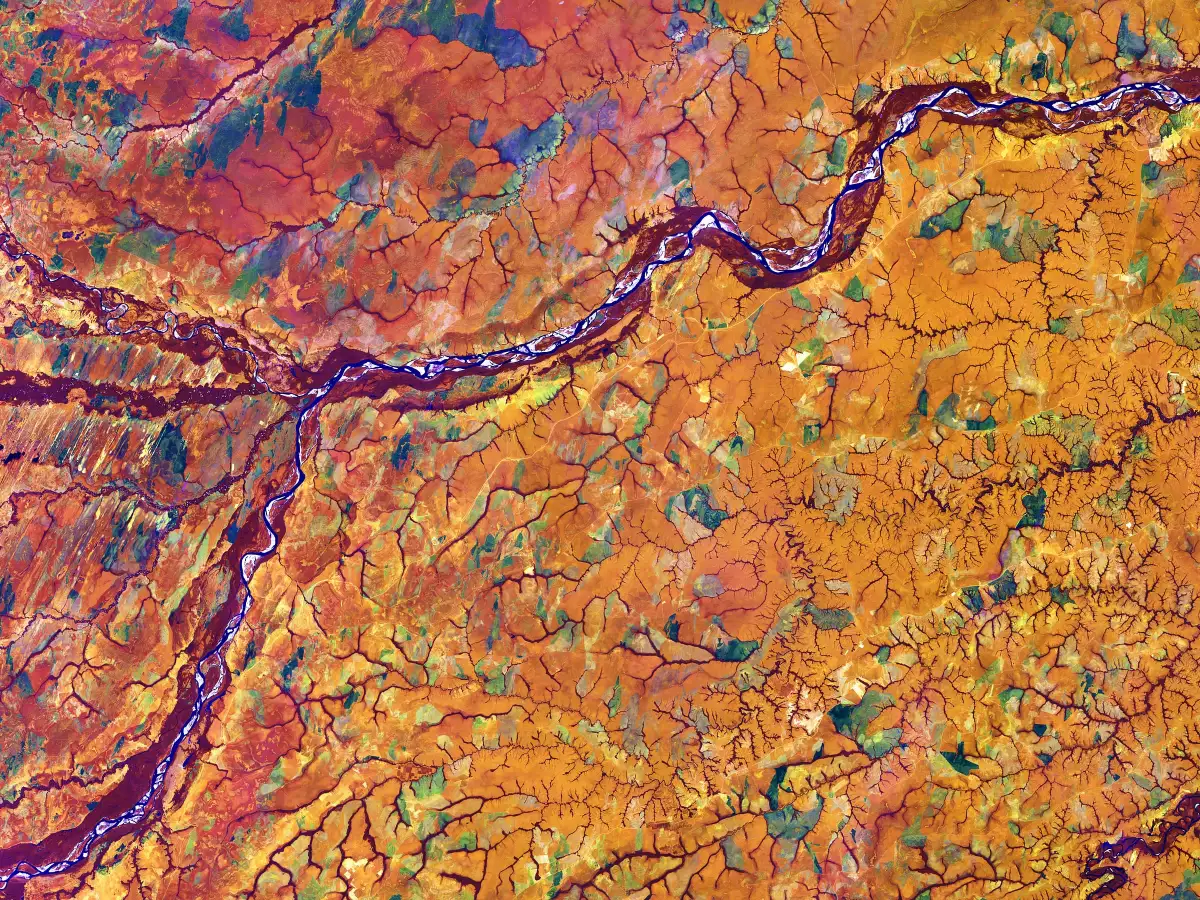Discovering the Meta River
Colombia-Venezuela Border Essence
The Meta River, winding through the lush landscapes of South America, serves as a natural boundary, bridging the territories of Colombia and Venezuela. This article embarks on an exploration of the Meta River, uncovering its geographical significance, environmental richness, and the cultural tapestry it weaves along the border.

Geographical Marvel
The Meta River emerges as a geographical marvel, etching its course through the expansive plains of the . As it delineates the border between Colombia and Venezuela, the river becomes a fluid testament to the diverse ecosystems that flourish on its banks.
Environmental Bounty
Along the Meta River’s shores, biodiversity flourishes. Tropical flora and fauna find refuge in the river’s basin, creating a rich and dynamic ecosystem. The river’s flow influences the surrounding landscapes, sustaining wetlands and forests that contribute to the region’s environmental wealth.
Challenges
Despite its inherent beauty, the Meta River faces environmental challenges. Deforestation, pollution, and the impact of human activities pose threats to the delicate balance of its ecosystems. Addressing these challenges becomes imperative for the preservation of the river’s natural splendor.
| Categories | Colombia | Venezuela |
|---|---|---|
| Land Area | 1,141,748 km² | 916,445 km² |
| Population | Approximately 51 million | Approximately 28 million |
| Capital City | Bogotá | Caracas |
| Language | Spanish | Spanish |
| Geographical Features | Diverse landscapes including Andes Mountains, Amazon Rainforest, and Pacific and Caribbean coastlines. | Varied terrains encompassing the Andes Mountains, the Orinoco River Basin, and extensive Caribbean coastline. |
| Biodiversity | Rich biodiversity with diverse flora and fauna, including various species of birds, mammals, and plants. | Abundant biodiversity with a range of ecosystems supporting diverse wildlife such as jaguars, capybaras, and tropical birds. |
| Economic Indicators | Diverse economy with sectors including agriculture, mining, and services. | Economic challenges with dependence on oil exports, affecting overall economic stability. |
| Cultural Heritage | Indigenous communities, Afro-Colombian culture, and a blend of European and Indigenous influences. | A cultural tapestry reflecting Indigenous, African, and European influences, contributing to a vibrant cultural scene. |
| Natural Resources | Rich in resources including coal, emeralds, and oil. | Abundance of oil, natural gas, and minerals, particularly in the Orinoco Belt. |
| Environmental Concerns | Deforestation, illegal mining, and conservation efforts to protect diverse ecosystems. | Environmental challenges include deforestation, oil-related pollution, and efforts towards sustainable practices. |
Conclusion
The Meta River stands not only as a physical divide but as a bridge connecting Colombia and Venezuela. Its waters narrate tales of environmental richness, cultural intersections, and economic ties. As these nations navigate the delicate balance between development and conservation, the Meta River remains a symbol of shared responsibility and the interconnected destinies of two neighboring countries.


